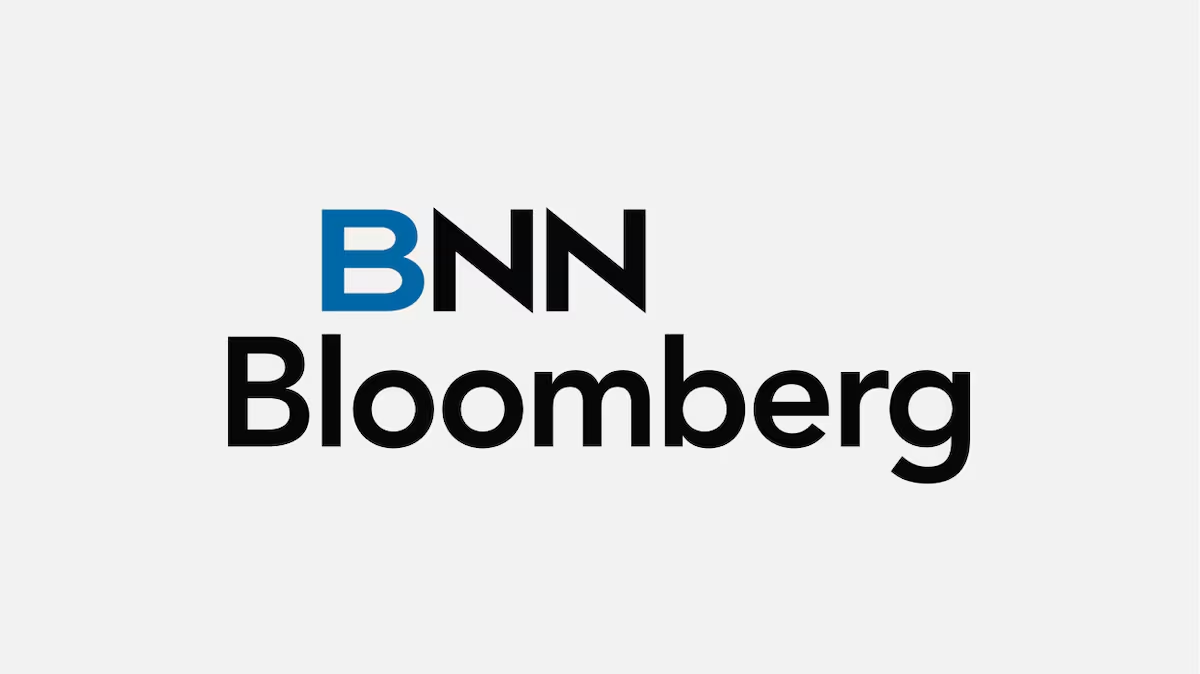(trying to move a discussion here from a less appropriate thread)
Re alternatives to Halifax/Saint John as container terminals - there is a healthy domestic trade - a less than huge container ship every couple of days - for container traffic from the Port of Montreal to St John's NL, and some to Saint John NB. And plenty of containers to other destinations - as I type this, Marine Traffic tells me that container ship MSC Maria Clara is inbound to Montreal from Le Havre, MSC Lena is outbound for Lithuania, and MSC Tamara is unloading from Valencia.
So it's certainly true that some shippers will accept the longer transit times of a longer sea segment, to reach the Port of Montreal, as opposed to shipping through the two busier container terminals in the Maritimes. But the slow transit through the Seaway locks is probably not attractive compared to rail from Montreal or further east.
The business case for shipping containers through Churchill seems a bit iffy, considering the volume that might be needed to fill a shipload, and the level of investment that would be needed to equip Churchill to transload that many containers....and the operational challenges of switching out that much traffic in Winnipeg. One can never say never, but while it may be "possible", it may not be worth the investment.
- Paul





